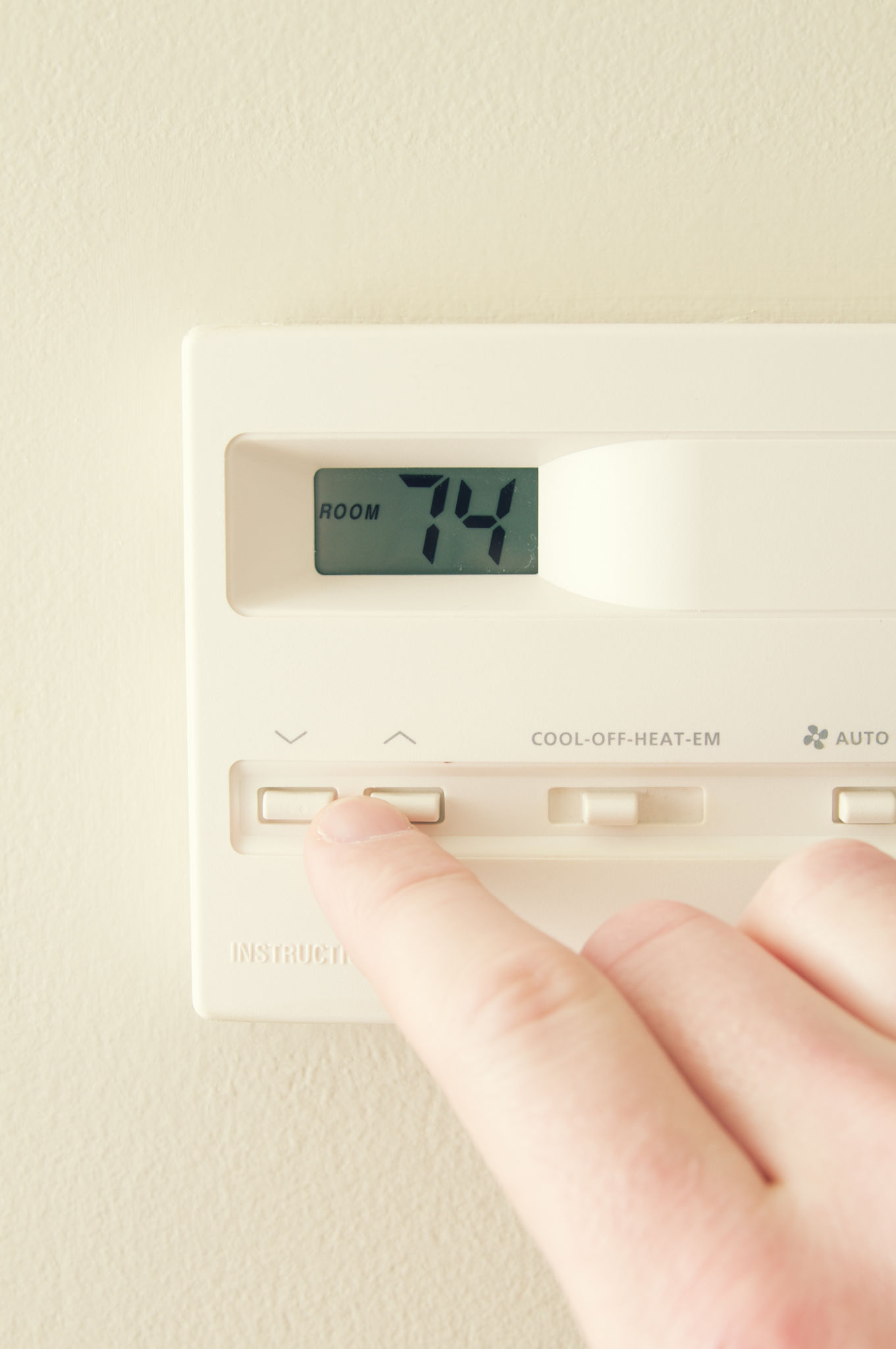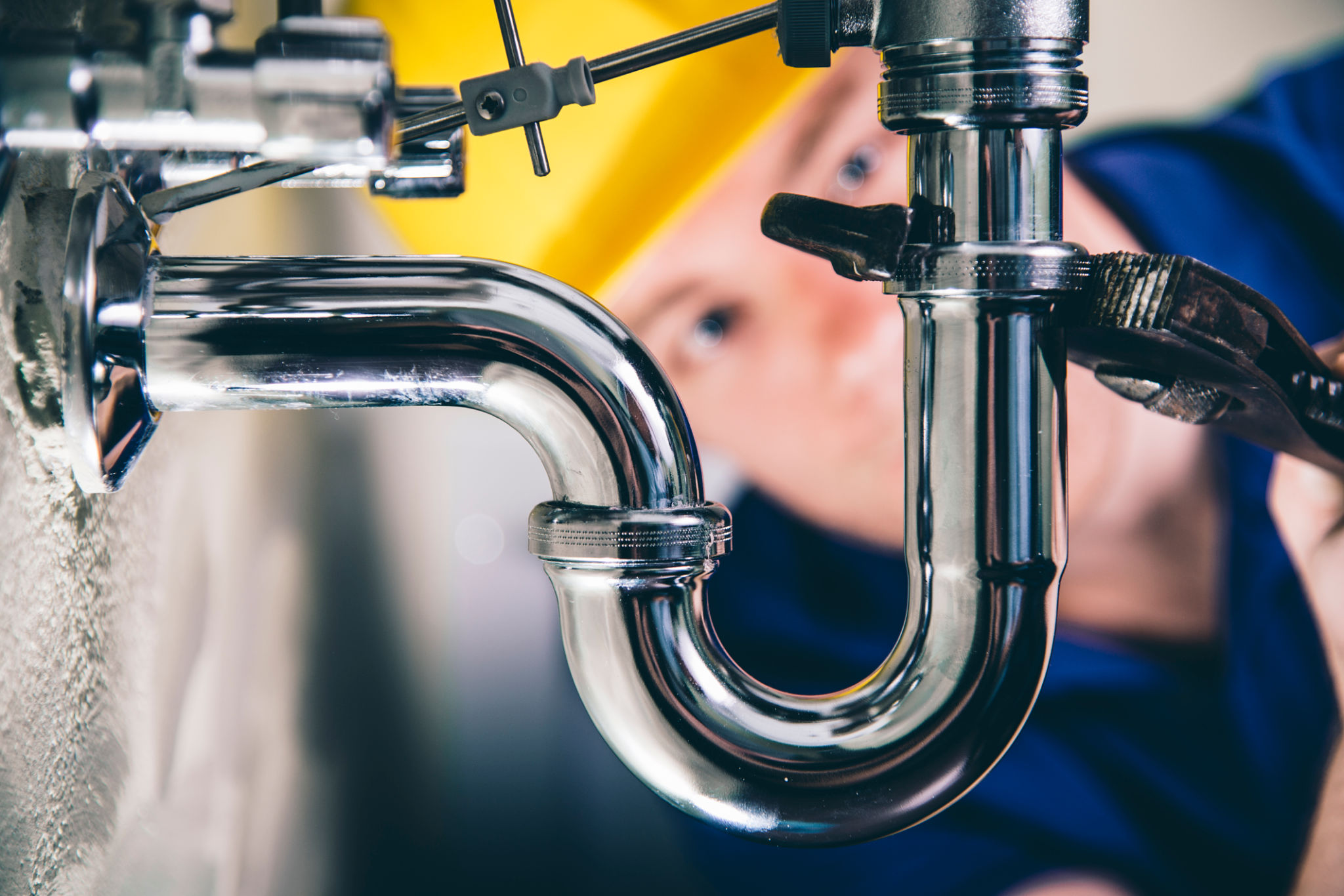Preparing Your Hot Water System for Summer
Understanding Your Hot Water System
As summer approaches, it's important to ensure your hot water system is ready for the warmer months. While it might seem counterintuitive to focus on heating systems when temperatures rise, proper maintenance can prevent costly repairs and inefficiencies. A well-maintained system can also help reduce energy consumption, saving you money on utility bills.

Inspecting for Leaks and Corrosion
Start by inspecting your hot water system for any signs of leaks or corrosion. Check around the tank, pipes, and connections. If you notice any rust or moisture, this could indicate a leak or a potential problem that needs addressing. Catching these issues early can prevent more serious damage.
Additionally, assess the area around your water heater for any signs of water damage, such as mold or damp spots. This can help identify leaks that may not be immediately visible on the system itself.
Adjusting the Temperature Settings
During summer, you might not need your hot water system set as high as you do in the winter. Lowering the temperature setting can save energy and reduce the risk of scalding. The recommended setting is usually around 120°F (49°C), which is efficient and safe for most households.

To adjust the temperature, locate the thermostat on your hot water heater. Make sure to turn off the power before making any changes if you have an electric heater. For gas heaters, follow the manufacturer's instructions to adjust the dial safely.
Flushing the Tank
Over time, sediment can build up in your hot water tank, affecting efficiency and potentially damaging the system. Performing a flush before summer can help remove these deposits. To do this, turn off the power supply and water source to the heater, attach a hose to the tank's drain valve, and allow it to empty completely.

Once drained, open the cold water supply to flush out any remaining sediment. This process not only improves efficiency but also extends the lifespan of your system by preventing corrosion from mineral buildup.
Checking Pressure Relief Valve
The pressure relief valve is a crucial safety feature that prevents excess pressure from building up in your tank. Test this valve by lifting the lever and allowing some water to flow out. If water continues to drip after releasing the lever, it may need replacing.
Regular monitoring of this component can prevent dangerous pressure build-up and ensure your system operates safely throughout the season.
Scheduling Professional Maintenance
If you're not comfortable performing these tasks yourself, consider scheduling a professional maintenance check. A qualified technician can conduct a thorough inspection, ensuring all components are functioning correctly and efficiently.

This proactive approach not only ensures your hot water system is ready for summer but also helps identify potential issues before they become major problems.
Benefits of Summer Preparation
By preparing your hot water system for summer, you can enjoy numerous benefits such as improved efficiency, lower energy bills, and extended lifespan of your system. These proactive measures contribute to a more sustainable home by reducing energy consumption and minimizing environmental impact.
Take advantage of the warmer months to perform these maintenance tasks, ensuring your system runs smoothly throughout the year and remains reliable when you need it most.
